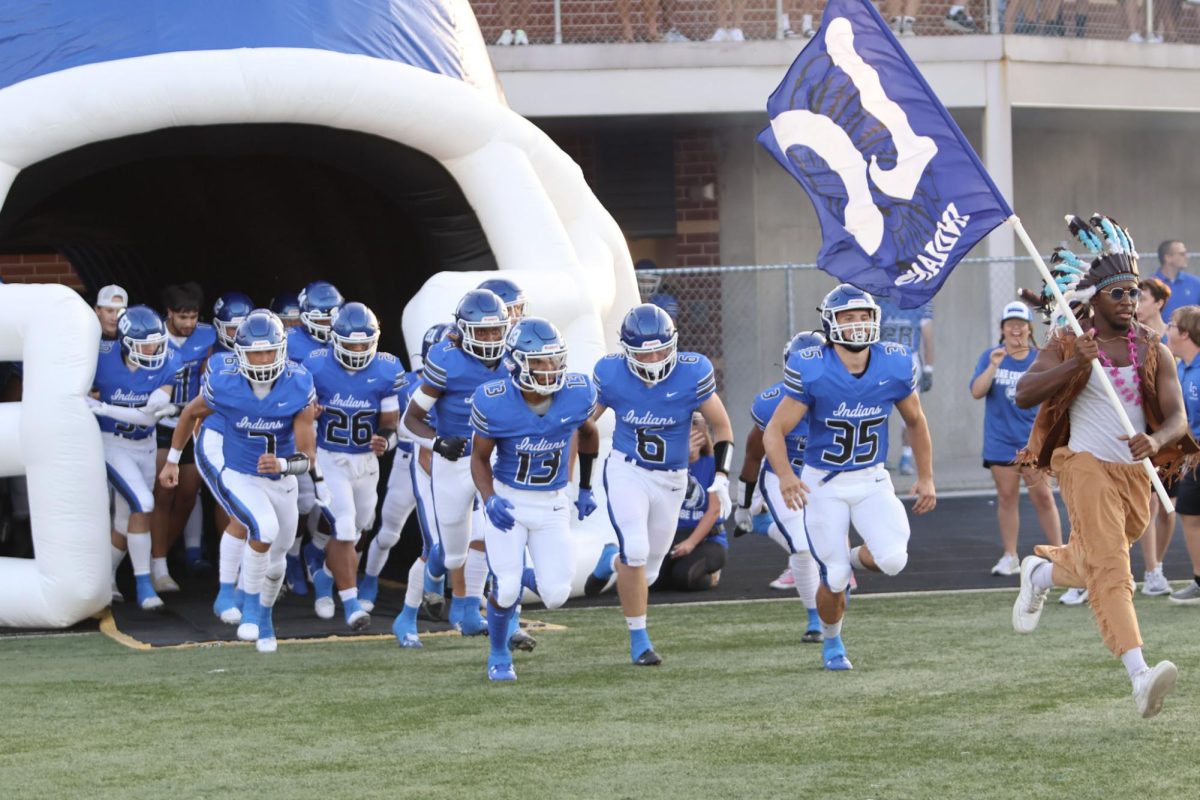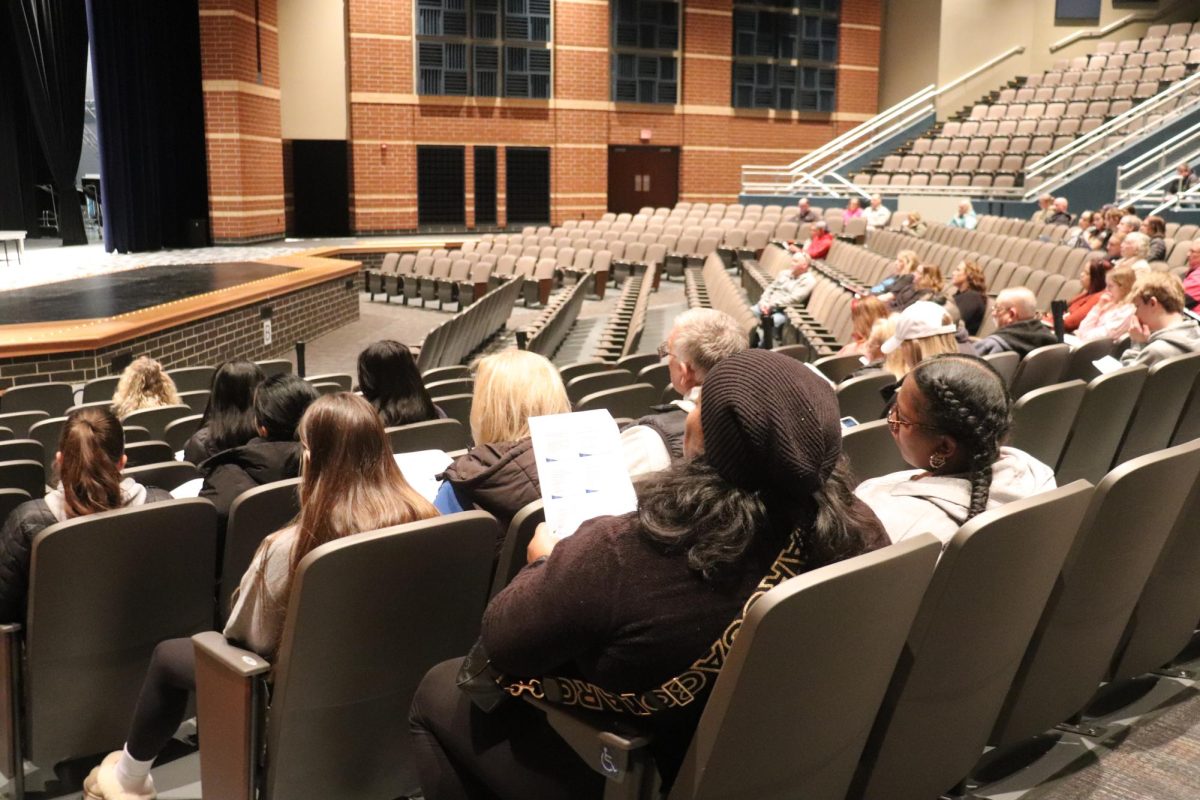Recently, the State of Indiana’s Department of Local Government Finance (DLGF) set Lake Central’s budget for the 2016 calendar year at $59,000,000.
“In other words, [the DLGF has] determined the maximum amount of money we are allowed to spend from each of our funds,” Mr. Rob James, Director of Business Services, said.
The budget flows into a plethora of funds which are all utilized for different aspects.
“The School Corporation has multiple funds, each with a different purpose. Our Debt Service Funds are used to repay loans, bonds, leases and other debt we have. The Capital Projects Fund is used for the upkeep and maintenance of our buildings, along with many technology expenditures. The Transportation Fund accounts for all of the costs associated with transporting students to and from school and other extracurricular events. Our biggest fund is the General Fund. For 2016, the DLGF set our General Fund budget at $59,000,000. About 91% of this is used to pay for the salaries and benefits of our teachers, administrators, classroom aides, clerical staff, custodians, librarians, etc. The General Fund is also used to pay for classroom supplies and equipment, as well as our NIPSCO bills and insurance premiums,” Mr. James said.
Though the budget has just recently been approved, the process began in July of 2015.
“The budget approval process begins back in July. During July and August, I am computing what I feel are going to be our expenditures for the following calendar year. As you can guess, the General Fund takes the longest time because that is where most of our expenditures are coming from. Throughout the entire summer, our Human Resources Department is hiring new staff members for the start of the school year in August. The amount of teaching staff we need is dependent on the number of students at each grade level at each building. Students move in and out of the district throughout the summer, so we are constantly watching the numbers to determine if another section needs to be added to keep class sizes at the levels we are comfortable with. That student count is also the main determination of how much revenue we are going to receive from the State to operate the General Fund. We cannot increase our expenditures if we don’t think the revenue is going to be there to support it,” Mr. James said.
Throughout the 2015-16 school year, Mr. James worked diligently to propose and estimated budget to the school board.
“At the first school board meeting in September, I give a presentation to the school board outlining the estimated revenue and expenditures for the following calendar year. We then publish in the newspaper our estimated expenditures and the corresponding tax rates to our taxpayers. At the first school board meeting in October, our school board will officially adopt our estimated budget amounts through a variety of resolutions. These amounts that our local school board adopts are then sent to the DLGF for their review. Finally, in December or January, the DLGF begins reviewing our budget to make sure all of the forms are completed correctly, we followed all of the required legal steps and determine if we will have enough revenue to support the expenditures that we estimated back in the fall. Often the DLGF will determine that our revenues will not be high enough to support what we adopted as our expenditures, so they will approve us for a lower amount. They will never approve you for an amount higher than you advertised, but they may lower it. If the DLGF approves a lower expenditure amount than what we advertised, the administration works together to determine which areas need to be reduced. The DLGF just finished this process and set our expenditure levels for 2016. Based on the approved expenditures, they then calculate a tax rate that is needed to raise the dollars from our taxpayers, through property taxes, to pay for these expenditures. The DLGF sends the tax rates for all units of government to the Lake County Auditor, who compiles the rates and generates tax bills. Property tax bills are usually sent to property owners in April, with half of the payment due in May, the other half in November. We receive our tax money in June and December from the County Auditor after they have settled all of the collections received,” James said.












